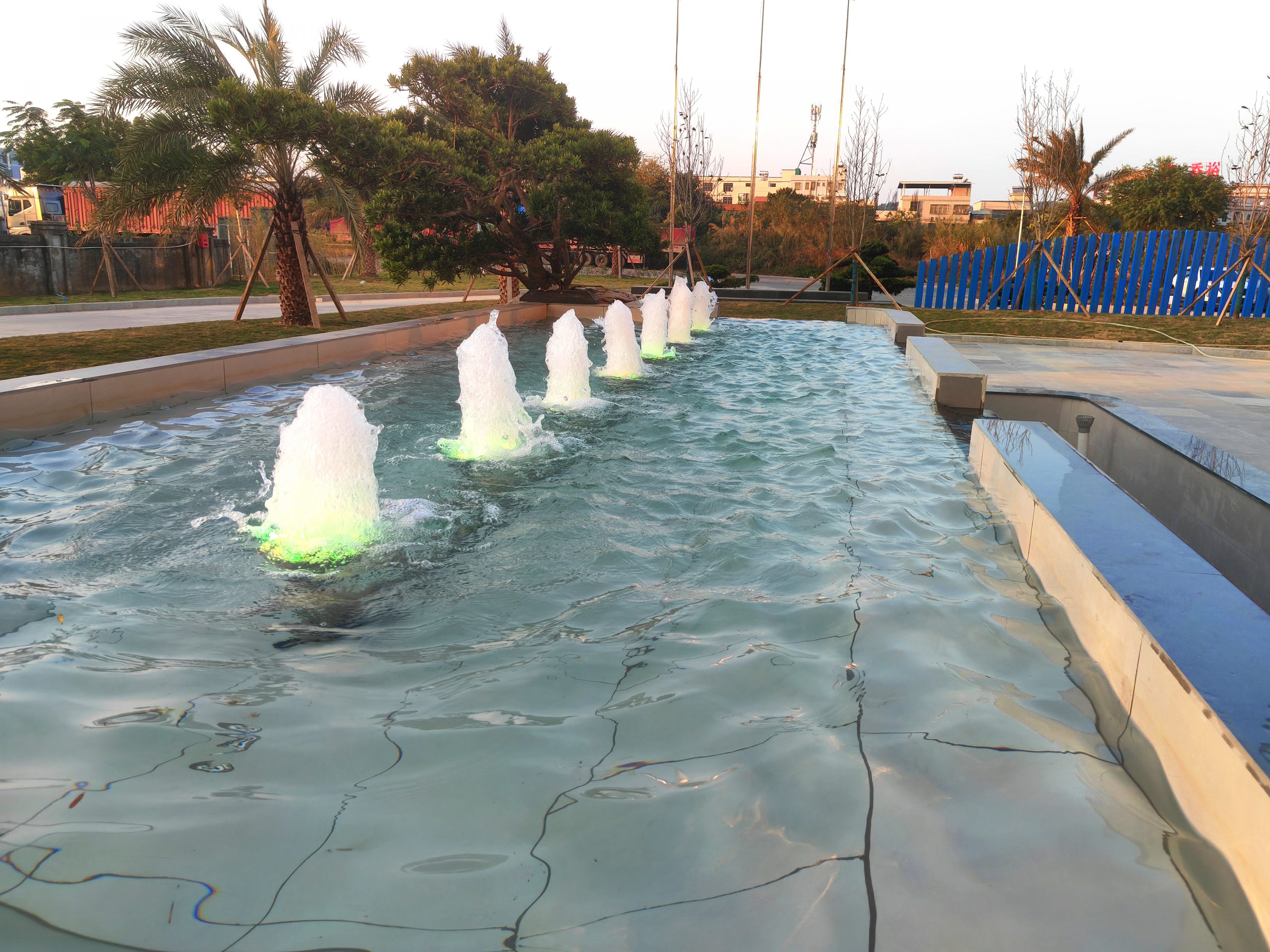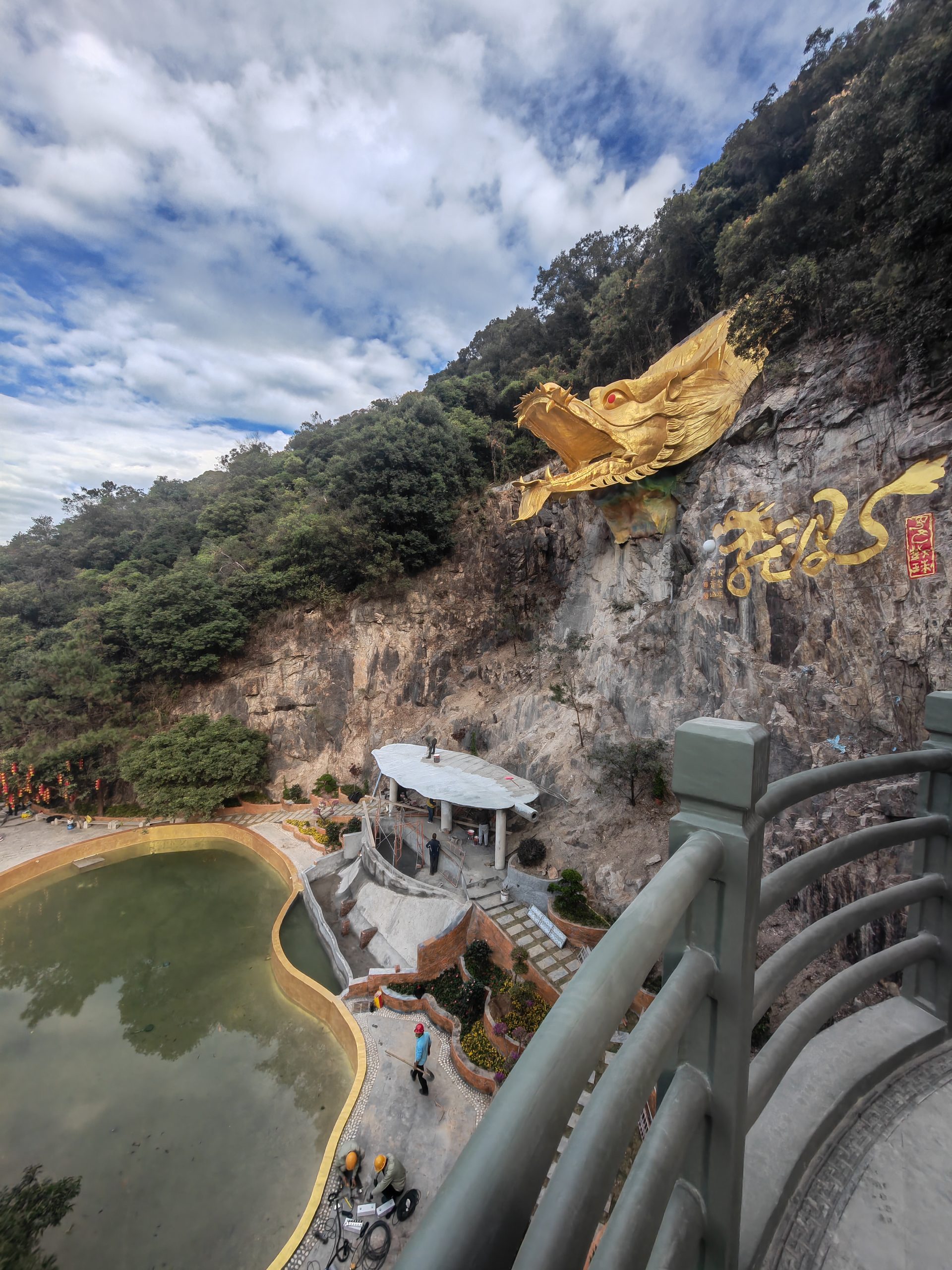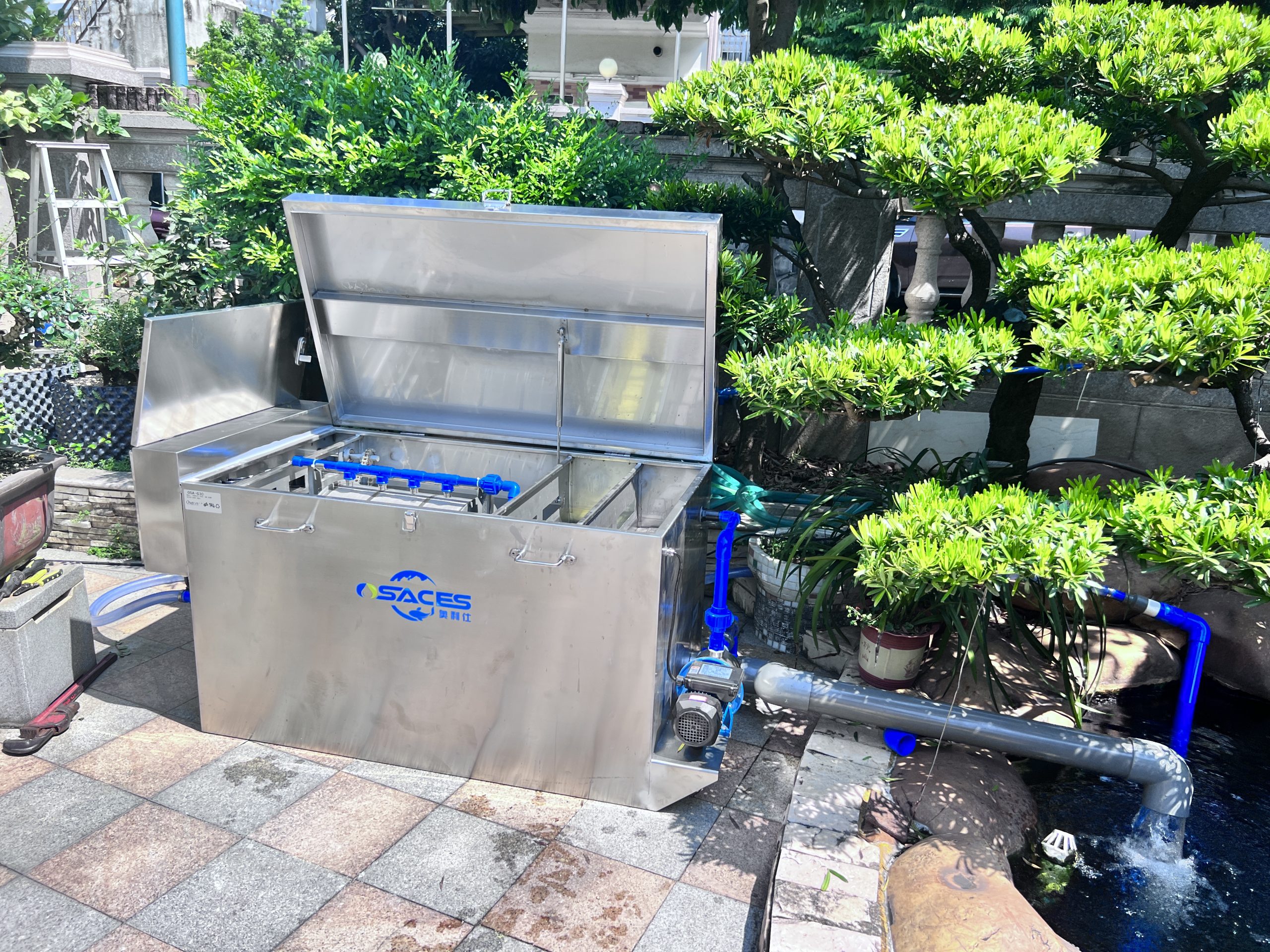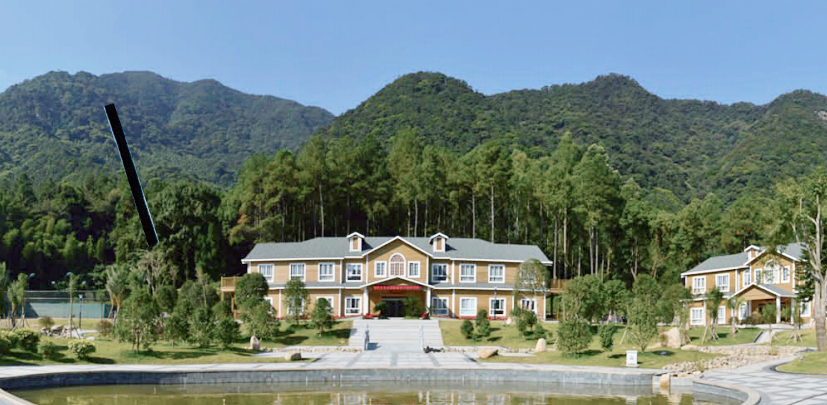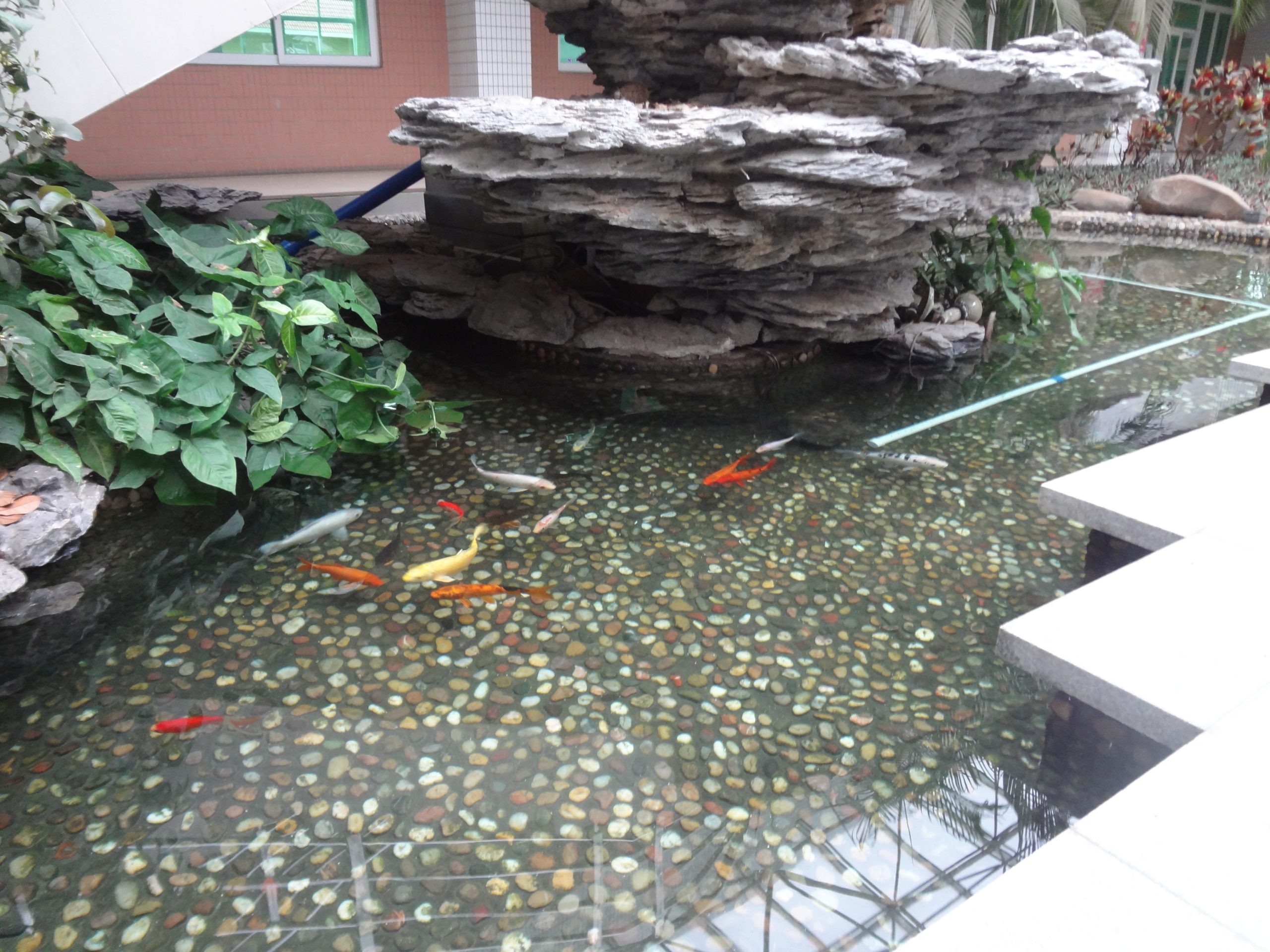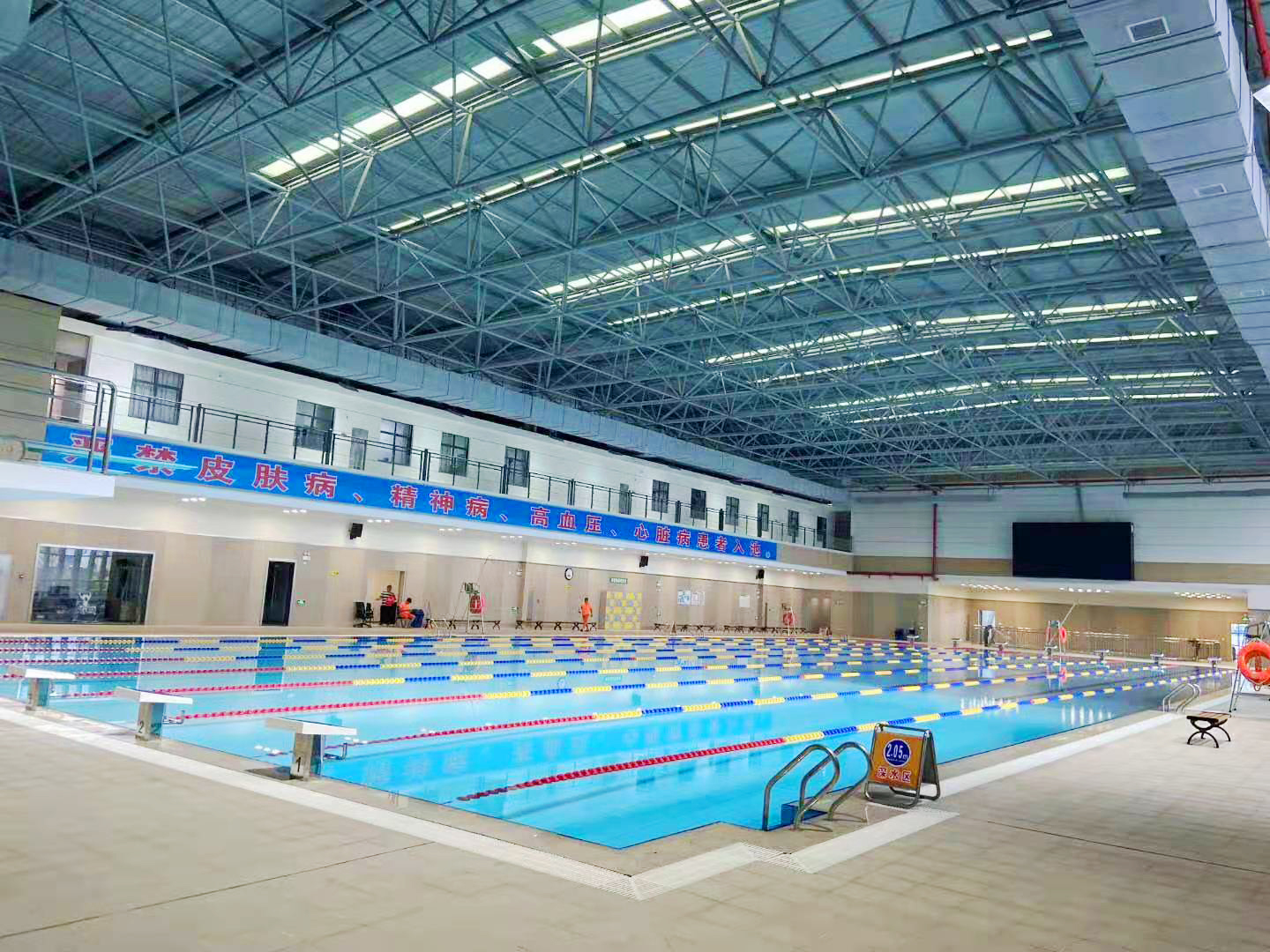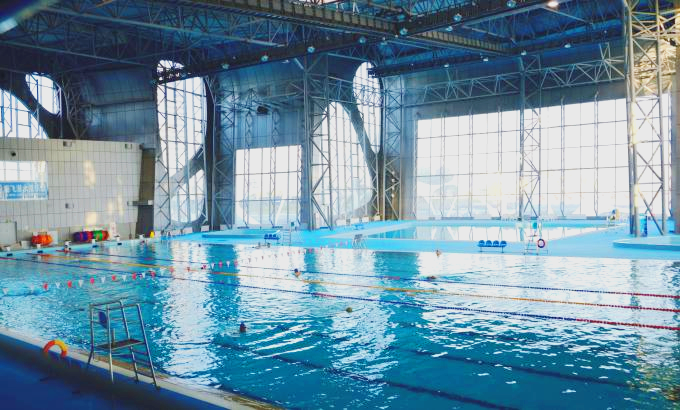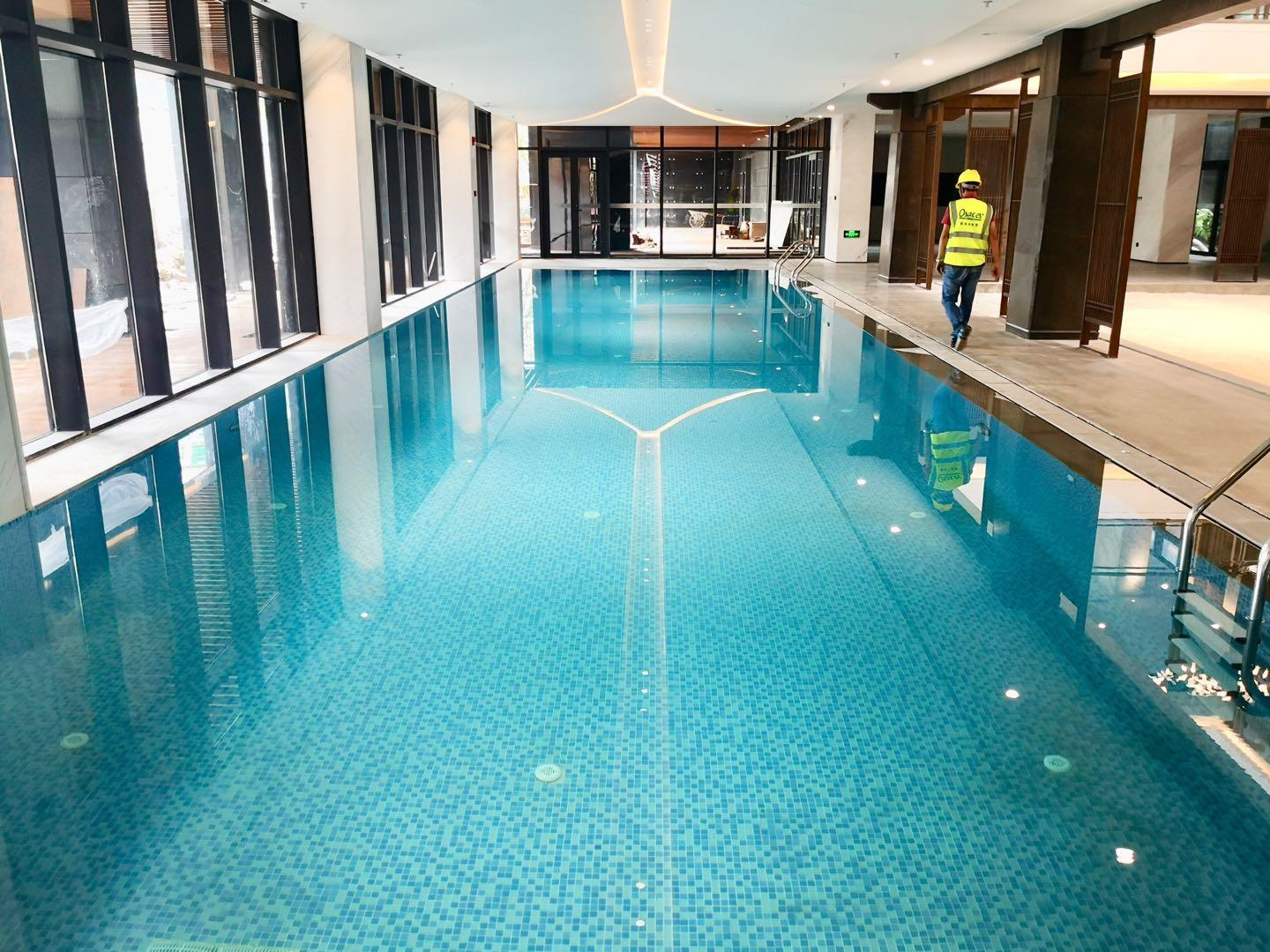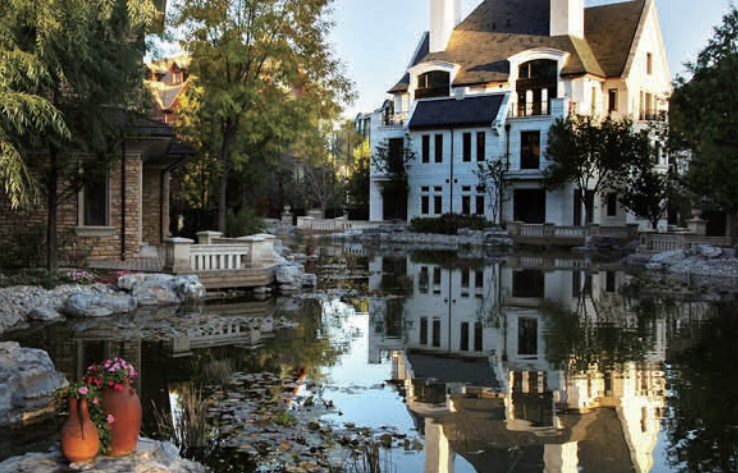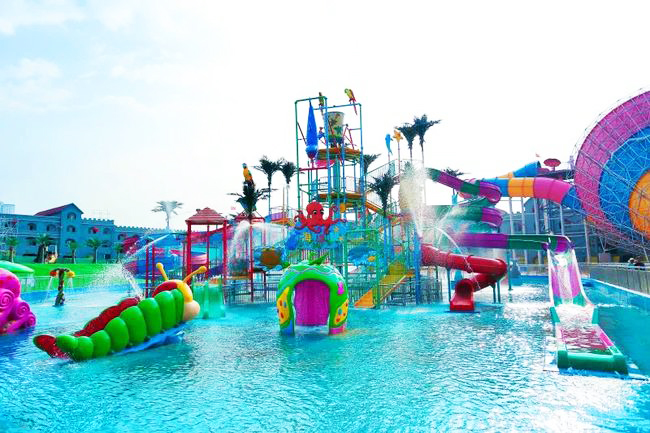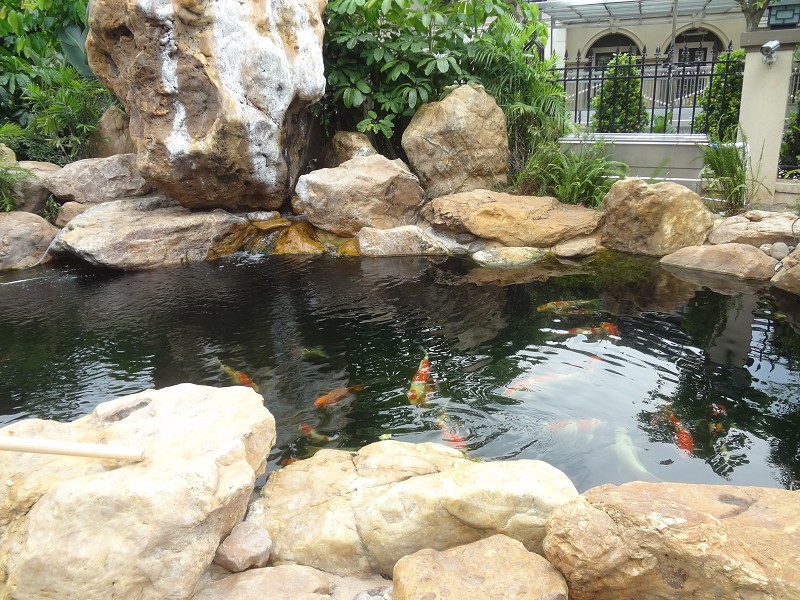common problems
contact details
 Ollies (Guangzhou) Recreation and Sports Equipment Co.
Ollies (Guangzhou) Recreation and Sports Equipment Co.Tel: (020) 82686289
Fax: 020-82694853
Headquarter: No.31-37, Xincun 2 Road, Shangjiang North Street, Dongzhou Village, Xintang Town, Zengcheng City, Guangzhou, Guangdong, China
Four major factors affecting the bacterial flora of a filtration system
Only by providing the right environment can a filtration system give the desired results. Bacteria in water require certain conditions for survival, mainly oxygen concentration, temperature, pH and nutrition.
I: Oxygen concentration
Aerobic bacteria in the absence of oxygen will die quickly, after the death of organic waste; anaerobic bacteria in the absence of oxygen in order to better growth and reproduction. Therefore, the filtration system is very good to set up aerobic and anaerobic areas, first in the water oxygenated area (usually the front part) put good aerobic bacteria (digestive bacteria and nitrifying bacteria) growth and reproduction of the filter material, after the aerobic bacteria area, the oxygen content of the water will be drastically reduced in the relatively"anaerobic zone"Inorganic wastes in the water when inside can be utilized by anaerobic bacteria. After complete filtration the water needs to be aerated with an air pump before returning to the main tank.
II: Temperature
All bacteria need to be at a certain temperature in order to grow and reproduce properly. The proper water temperature for nitrifying bacteria is between20-28℃, beyond which their metabolism becomes slower; temperatures below5C or above42℃ will stop metabolizing. Other bacteria in the water should also be in a certain water temperature in order to normal growth and reproduction, the general requirements of the water temperature control in the20-30℃ metabolism can be more vigorous.
Therefore, in the winter when the water temperature is low, the metabolism of various bacterial groups slows down, the decay and decomposition of organic wastes will be slower, and the deterioration of the water quality will be slower, but the bacterial groups of the whole filtration system can still be in a balanced state. However, as the water temperature rises, the bacterial metabolism slowly returns to normal, the decomposition of organic wastes will increase the rate of decay, the deterioration of water quality will increase the rate of growth and reproduction cycle of digestive bacteria than nitrifying bacteria hundreds of times faster than the spring water temperature has just warmed up when the digestive bacteria began to grow and reproduce a lot of nitrifying bacteria have not been able to increase the ammonium in the water in a timely manner, the water is not timely decomposition of ammonium and lead to an increase in ammonium concentration. So in the early spring is a variety of bacteria and ammonium concentration is higher, is a variety of aquatic animal diseases of the high incidence of the period.
III: pH
Nitrifying bacteria are generally required inPH 6.5-8.5of water in order to grow and reproduce properly.
IV: Nutrition
The growth and reproduction of digestive bacteria need organic waste as a source of nutrients; the growth and reproduction of nitrifying bacteria cannot be separated from ammonium. In addition, nitrifying bacteria need a clean surface for the growth and reproduction of fixed objects; light on the nitrifying bacteria have a strong killing effect; the addition of antimicrobial drugs to the water will make the water bacteria imbalance to destroy the original variety of bacterial groups.
Related content
- Homeostatic regulation of fish pond water quality: a systematic solution based on nitrification kinetics and nutrient thresholds
- Koi Pond Maintenance and Protection Guide during the Rainy Season | The Veteran Driver's Handbook of Dampness and Disease Prevention
- Pool water circulation system maintenance guide, goodbye to cloudy water quality to create four seasons of translucent "liquid sapphire".
- From zero to professional: a complete guide to pool equipment configuration that even a beginner can understand
- The Golden Ratio of Swimming Pool Ventilation and Dehumidification Systems: The Balancing Act of Airflow, Humidity and Energy Consumption
- Specific benefits of dehumidifiers for new swimming pools
- Industrial solutions for fish pond water quality management: How to break through the bottleneck of traditional operation and maintenance of filtration systems?

